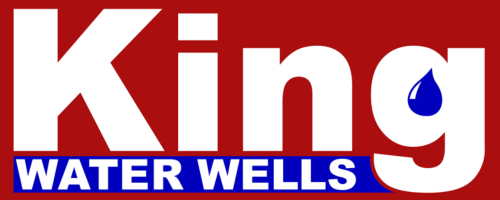Water wells are a crucial source of clean, reliable water for countless households and communities worldwide. Understanding the process of water well drilling can help homeowners make informed decisions about their water supply. Here’s a breakdown of the essential steps involved:
Site Assessment and Planning
Before drilling begins, a thorough site assessment is conducted, determining the best location for the well. Factors such as geology, water table depth, and regulatory requirements are taken into account during this phase.
Drilling Process
Once the site is chosen, drilling consists of using specialized equipment designed to penetrate the earth’s surface and reach the aquifer below. Various drilling methods may be employed depending on factors like soil composition and depth.
Well Construction and Casing
As drilling progresses, steel casing is inserted into the borehole to prevent collapse and contamination of the well. Gravel packing may also be used to stabilize the well and improve water flow.
Installation of Pump and Equipment
Once the well is drilled and constructed, a pump is installed to extract water from the aquifer and deliver it to the surface. Additional equipment such as pressure tanks and filtration systems may be installed to ensure water quality and consistency.
Testing and Permitting
Before the well can be put into service, it must undergo testing to assess its flow rate, water quality, and overall performance. Additionally, obtaining the necessary permits and complying with local regulations is essential to ensure the well meets all safety and environmental standards.
By understanding the water well drilling process, homeowners can make informed decisions about their water supply, ensuring they have access to clean, reliable water.
